We have much more to do and your continued support is needed now more than ever.
Wildlife Know No Boundaries
Imagine an open landscape of sagebrush, grassland and windswept rocky outcrops as far as the eye can see. There, mule deer and pronghorn feed on native plants to grow fast and build strength to survive harsh winters. Greater sage-grouse depend on the combination of plants that characterize the “sagebrush steppe” for cover and rearing their young. The only sounds that you may hear above the prairie winds are the calls of grassland birds. If you’re lucky, you may hear the spiraling call of Sprague’s pipit seeking a mate.
Welcome to the Northern Great Plains
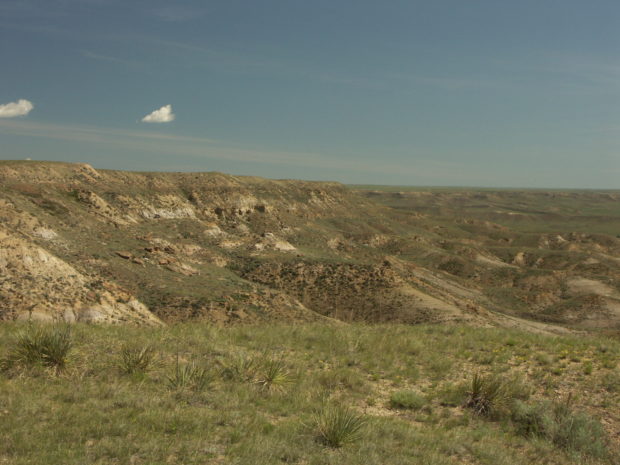
This landscape, known as the Northern Great Plains stretches from Montana north to Alberta and Saskatchewan in Canada. The NGP is the northern most extent of the vast Great Plains ecosystem that stretches across the United States from Northern Mexico into Southern Canada, and it is a key focus area for the National Wildlife Federation’s expanded campaign to protect and connect the habitat needed by wide-ranging wildlife such as pronghorn, mule deer and sage-grouse.
Typically, wildlife populations are managed within the jurisdiction in which they reside. However, wildlife managers and conservationists are increasingly looking beyond man-made boundaries to properly consider species requirements. In the sagebrush and grasslands between Montana, Alberta and Saskatchewan, enhanced data and wide-ranging collaborations now provide opportunities to take a holistic approach in managing wildlife.
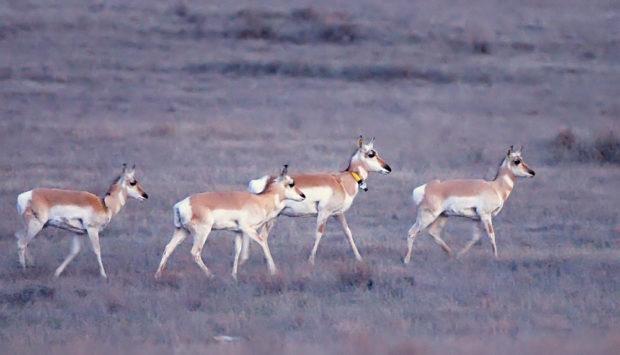
With the advent of global-positioning system (GPS) technology, researchers and managers today have detailed information on where, when, how and why wildlife live on the landscape. Individual animals can be captured and fitted with GPS collars or harnesses so that researchers can identify important habitats, movement pathways and potential impediments to species.
We have confirmed that species movements in the Northern Great Plains are not based on man-made political boundaries. Instead their movements are determined by fawning and nesting requirements, foraging opportunities and winter needs to increase chances of survival. These movements, such as migration or dispersal, can be wide-ranging. For example, one pronghorn individual migrated 888 km in one year!
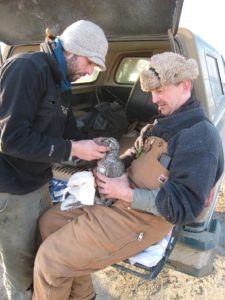
NWF is working in this region to address habitat loss and fragmentation from development. We know that wildlife need large swaths of habitat to reproduce and survive, and they must have the opportunities to move–sometimes over great distances–between required habitats to satisfy biological needs. Understanding and mapping these movements, geographically and seasonally, is essential in maintaining the landscape connectivity: the degree to which the landscape facilitates or impedes movements. Increasing awareness and identifying corridors across the landscape is a challenge and an opportunity to involve everyone who cares about the future of wildlife over a large landscape such as this.
The Northern Great Plains is at the center of innovative new research and conservation collaboration. Over the past decade, wildlife and land managers, private landowners, conservation organizations, researchers, industries and community members have engaged in new efforts to manage wildlife across boundaries. These opportunities share a collaborative, holistic approach to wildlife and habitat management, while ensuring key economic interests are considered.
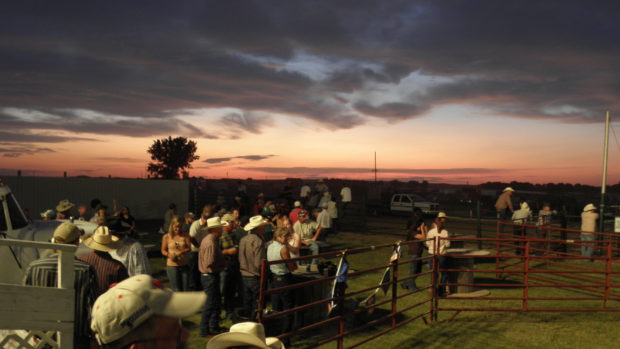
The National Wildlife Federation’s Northern Rockies, Prairies, and Pacific region continued work aims to build upon these initiatives, with a long-term vision of restoring large migratory populations of native wildlife and thriving local communities. Our collaborative work depends on protecting habitats and removing migration barriers, as well as building networks of community awareness and support. In the coming year, we will be assessing wildlife migration barriers, removing or modifying fences that get in the way of wildlife movements, restoring critical wet areas on the dry prairie, and engaging local high school students in citizen science wildlife monitoring efforts.
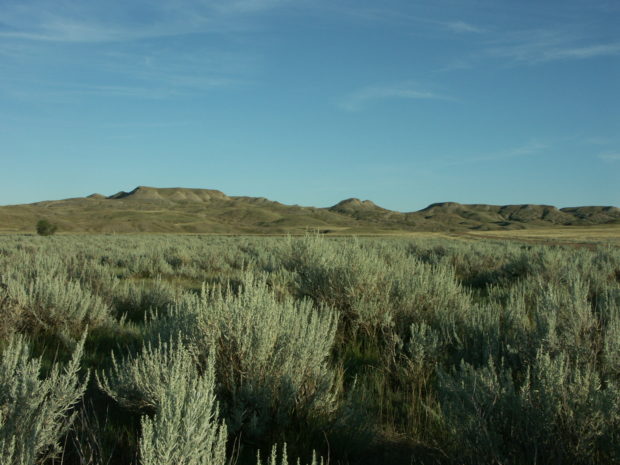
The landscape of Montana east of the Continental Divide is vast, and the human footprint relatively small. The opportunities for wildlife conservation at the largest possible scale are tremendous. Realizing these opportunities will take time, effort and meaningful engagement with all who care about this extraordinary place.
Find out more about our region and our work!
Learn More




















